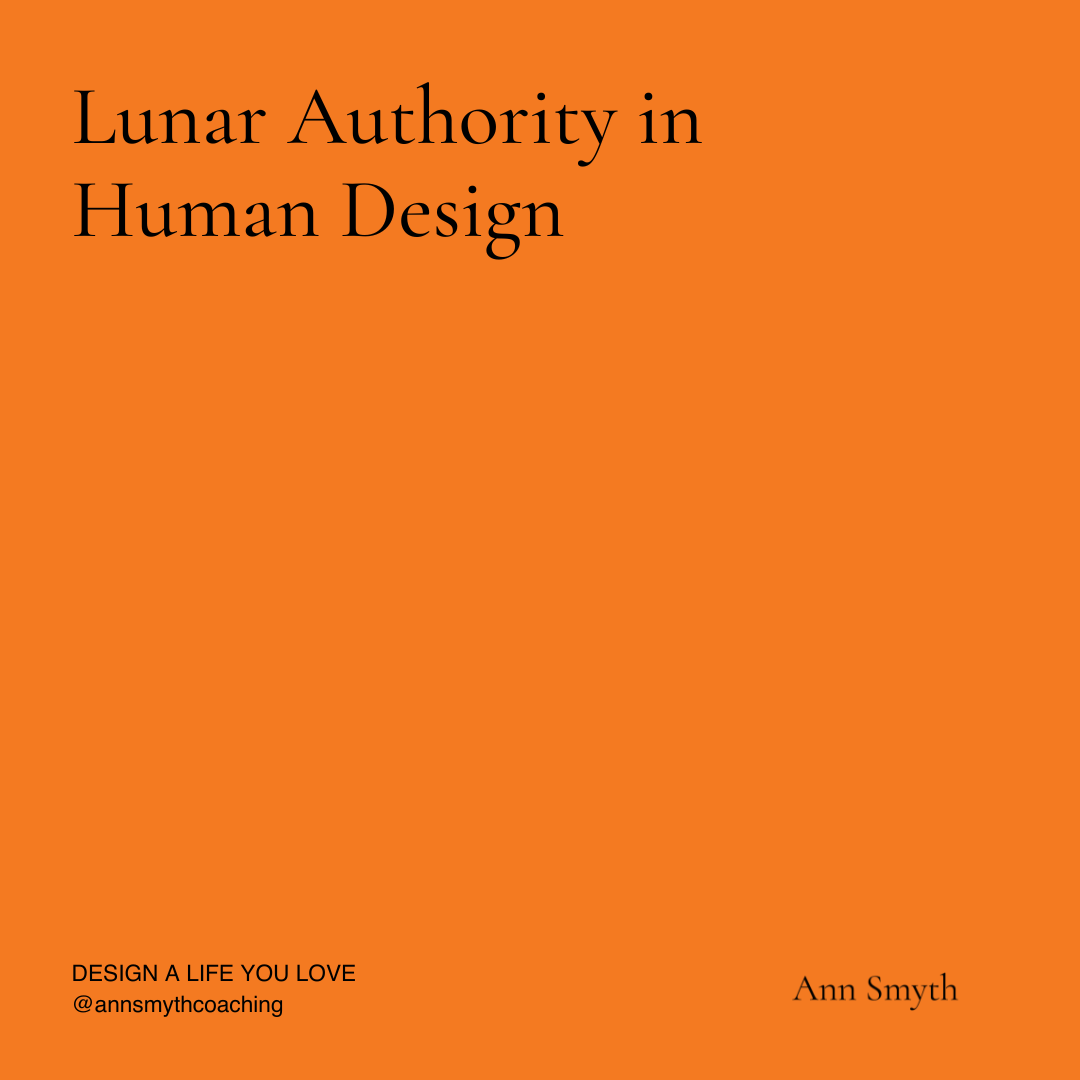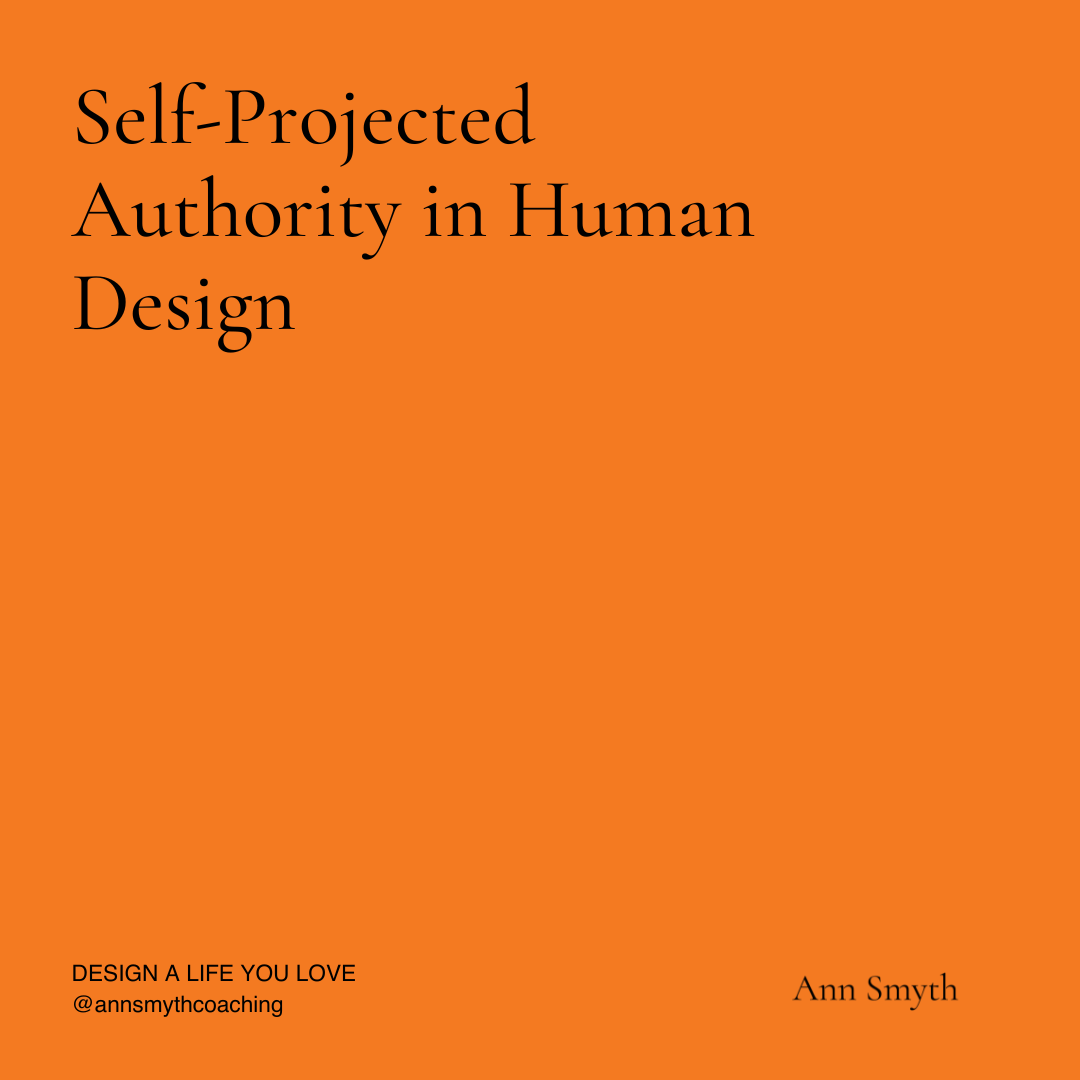Retraining Your Brain and Nervous System for Flow State: Navigating the Neuroscience of Peak Performance
Have you ever been so absorbed in an activity that time seemed to slip away, and you effortlessly performed at your best? This state of optimal experience is known as "flow," a term coined by psychologist Mihaly Csikszentmihalyi. The neuroscience behind the flow state is a fascinating field of study, revealing how our brains function when we're in the zone of peak performance.
Defining Flow State
Flow is a mental state characterised by complete absorption in an activity, where individuals are fully immersed, energised, and focused. Athletes, musicians, artists, and even office workers can experience flow when the challenges of a task match their skill level, creating a sense of effortless engagement.
Neurochemical Symphony
Several neurotransmitters and hormones play key roles in the neurochemistry of flow. One of the primary players is dopamine, often referred to as the "feel-good" neurotransmitter. Dopamine is associated with reward and pleasure, and during a flow state, its levels in the brain increase. This surge in dopamine not only enhances motivation but also contributes to a sense of heightened focus and creativity.
Norepinephrine, another neurotransmitter, also sees an uptick during flow. This chemical is associated with alertness and attention. Increased norepinephrine levels help sharpen focus and reaction times, allowing individuals to navigate complex tasks with precision.
The brain also releases endorphins, natural painkillers that induce a feeling of euphoria. This endorphin release during flow can create a positive feedback loop, reinforcing the desire to stay engaged in the activity.
The Prefrontal Cortex and Deactivation
The prefrontal cortex, responsible for executive functions such as decision-making, self-control, and awareness, undergoes interesting changes during flow. Research suggests that this region experiences a decrease in activity during a flow state. This "transient hypofrontality" allows individuals to lose their sense of self-consciousness and doubt, enabling a more fluid and instinctual approach to the task at hand.
This deactivation of the prefrontal cortex is thought to be a key factor in the time distortion often reported by individuals in flow. The altered perception of time may be linked to the reduced activity in the brain's timekeeping regions, creating a subjective sense of time slowing down or speeding up.
The Role of Theta Waves
Electroencephalography (EEG) studies have revealed that the brain's electrical activity changes during flow, with an increase in theta wave production. Theta waves are associated with deep relaxation, meditation, and states of enhanced creativity. The surge in theta waves during flow suggests a unique cognitive state that combines relaxation with heightened alertness and creativity.
The Flow Experience: A Personal Journey
1. Intense Focus and Concentration:
During a flow state, individuals often report an intense focus on the present moment. External distractions seem to fade away as the mind becomes fully absorbed in the task at hand.
2. Effortless Engagement:
Achieving a state of flow is like finding the perfect balance between challenge and skill. The result is a feeling of effortlessness, as if the activity is unfolding seamlessly.
3. Loss of Self-Consciousness:
In the flow state, self-doubt and self-consciousness take a back seat. This liberation allows for a more authentic expression of skills and creativity without the constraints of internal criticism.
4. Time Distortion:
Perhaps one of the most intriguing aspects of flow is the distortion of time perception. Individuals may feel as though time is either flying by or stretching out, contributing to the immersive nature of the experience.
Challenges in Achieving and Sustaining Flow
While the flow state is an optimal experience, achieving and sustaining it isn't always straightforward. Here are some challenges individuals may encounter and strategies for overcoming them:
1. Mismatched Challenges and Skills:
- Strategy: Adjust the difficulty of the task. If it's too challenging, break it into smaller, more manageable parts. If it's too easy, introduce new elements or increase the complexity.
2. External Distractions:
- Strategy: Create a conducive environment. Minimise distractions, turn off notifications, and establish dedicated time and space for flow-inducing activities. Consider using techniques like time blocking.
3. Lack of Clear Goals:
- Strategy: Define specific, achievable goals. Having a clear objective provides direction and purpose, making it easier to maintain focus and enter a state of flow. Break larger goals into smaller, more manageable steps.
4. Negative Mindset:
- Strategy: Practice mindfulness and positive self-talk. Recognize and challenge negative thoughts, replacing them with affirmations. Cultivate a growth mindset to view challenges as opportunities for learning. Seek support from colleagues or mentors.
Retraining Your Brain and Nervous System: Unlocking the Benefits of Flow State
While the concept of flow state has captivated the interest of psychologists and neuroscientists alike, the idea of actively retraining both your brain and nervous system to embrace this optimal state carries significant benefits. The neurochemical cocktail that accompanies the flow state, featuring heightened levels of dopamine, norepinephrine, and endorphins, not only enhances motivation and focus but also creates a positive feedback loop that reinforces the desire to stay engaged in the activity.
Retraining your brain and nervous system to enter a flow state involves cultivating specific cognitive habits. This process often includes honing skills such as mindfulness, positive self-talk, and the ability to set clear goals. Practising mindfulness allows individuals to stay present in the moment, reducing the impact of external distractions and negative thoughts that can hinder the flow experience.
Positive self-talk becomes a powerful tool in the arsenal against the challenges of achieving and sustaining flow. Recognising and challenging negative thoughts, replacing them with affirmations, and fostering a growth mindset are crucial components of this mental retraining. The shift in mindset not only facilitates the entry into the flow state but also contributes to overall mental well-being.
Setting clear and achievable goals is another aspect of brain and nervous system retraining. The brain and nervous system thrive on direction and purpose, and by defining specific objectives, individuals create a roadmap for their cognitive functions and neural pathways to follow. Breaking down larger goals into smaller, manageable steps enhances the brain's and nervous system's ability to maintain focus and enter a state of flow more readily.
Moreover, the benefits of retraining your brain and nervous system extend beyond the immediate experience of flow. Engaging in activities that induce flow has been shown to lead to enhanced creativity, stress reduction, personal growth, and increased productivity. The positive impact is not confined to individual pursuits; the collaborative nature of the flow state can also transform team dynamics in professional settings.
In essence, retraining your brain and nervous system to embrace the flow state is an investment in cognitive and neural well-being, leading to performance optimization. By understanding the neuroscience behind flow and actively incorporating strategies for brain and nervous system retraining into daily life, individuals can unlock the full spectrum of benefits associated with this optimal state of experience. The journey to navigate the mysteries of peak performance becomes not only feasible but immensely rewarding, paving the way for a more enriching and fulfilling life. Embrace the opportunity to retrain your brain and nervous system, and let the flow state become a cornerstone of your personal and professional endeavours.
Embracing the Flow for a Transformed Life
In the labyrinth of our minds, where neurons fire and neurotransmitters dance, the pursuit of the elusive flow state emerges as a beacon of optimal performance. The journey into the neuroscience of flow, with its neurochemical symphony and altered brain waves, unveils the intricate mechanisms behind those moments when time seems to bend to our will.
The personal journey through the flow experience, marked by intense focus, effortless engagement, the liberation from self-consciousness, and the dance with time distortion, is a testament to the profound impact of achieving and sustaining flow. Yet, like any odyssey, this quest is not without its challenges.
Mismatched challenges and skills, external distractions, unclear goals, and the spectre of a negative mindset stand as formidable foes on the path to sustained flow. Strategies to overcome these obstacles involve a delicate dance of adjustment, creation, definition, and resilience—crafting a cognitive and neural arsenal to navigate the ebbs and flows of our mental landscapes.
In the realm of personal and professional life, the benefits of securing the flow state are far-reaching. Enhanced creativity, stress reduction, personal growth, increased productivity, and harmonious team dynamics paint a vivid landscape of possibilities. Flow becomes not merely a state of being but a way of thriving in the intricate tapestry of our daily existence.
As we delve into the art of brain and nervous system retraining, where mindfulness, positive self-talk, and goal setting act as brushes on the canvas of our neural architecture, the potential for transformation becomes apparent. Yet, the narrative doesn't end there. Enter Human Design, a personalised compass guiding us through the labyrinth, acknowledging and celebrating the unique intricacies of our cognitive and neural makeup.
By merging the insights from neuroscience with the practical strategies for entering the flow state and the personalised guidance of Human Design, we embark on a holistic journey. This journey is not just about unlocking the secrets of optimal performance but about embracing the flow as a cornerstone of our personal and professional endeavours.
So, let us heed the call to retrain our brains and nervous systems, unlocking the benefits of the flow state. In this quest, we redefine not only how we work and create but also how we experience the rich tapestry of our lives. As we navigate the mysteries of peak performance, we find not just moments of brilliance but a continuous symphony, a flow that transforms the mundane into the extraordinary. Embrace this opportunity, and watch as the flow state becomes not just a destination but an enriching and transformative way of being.




